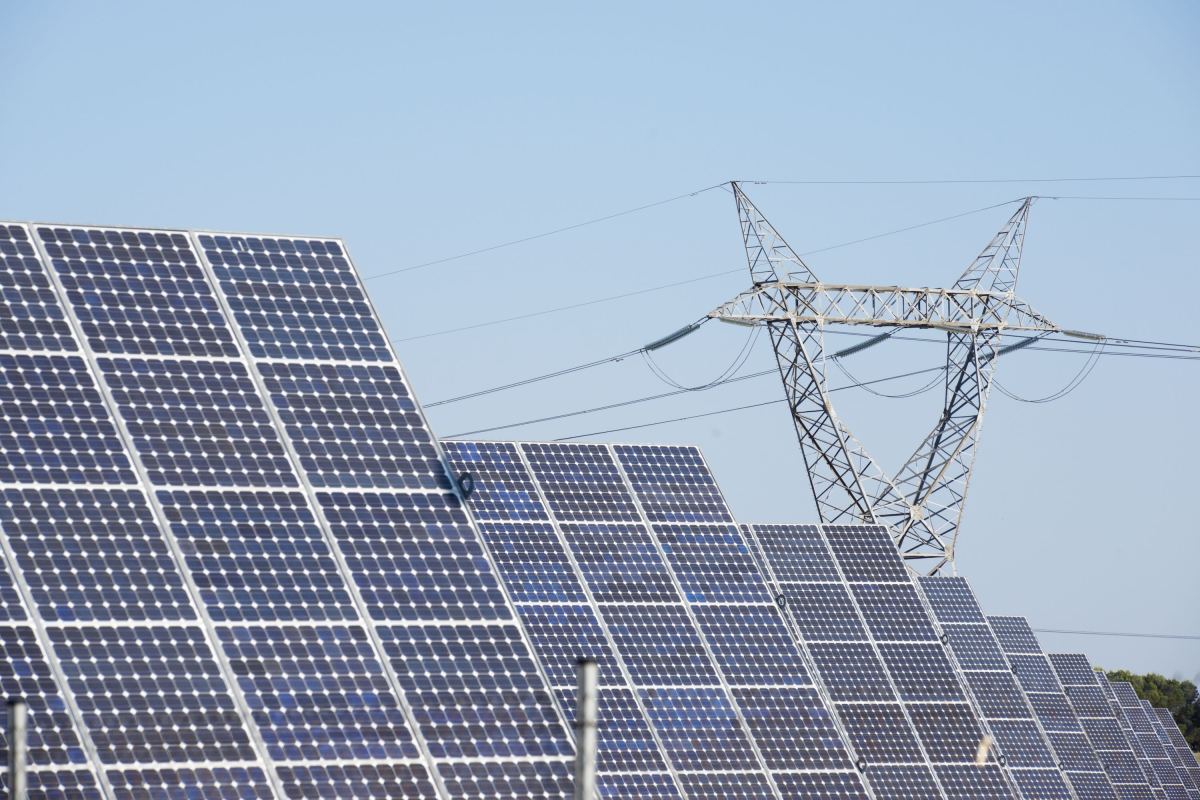Unlocking Solar Power: Your Ultimate Guide to 100+ Megawatt Data Center Deals
The rapid expansion of data centers fueled by the surge in artificial intelligence (AI) has created a significant impact on both the tech and energy sectors. As companies scramble to meet the increasing demand for data storage and processing capabilities, the power industry is experiencing unprecedented growth. This article delves into how major tech firms are investing in solar energy to support their expanding infrastructure, with forecasts indicating a doubling of power demand by 2029.
Unprecedented Growth in Data Center Power Demand
According to JLL, the surge in data center construction will lead to a remarkable increase in power demand. Here are some key points to consider:
- Data centers are projected to double their power demand by 2029.
- Tech giants are racing to secure energy capacity to support their operations.
- Renewable energy sources, particularly solar power, are gaining traction.
The Rise of Solar Energy
Despite its known intermittency—where solar energy generation is dependent on sunlight—the advantages of solar power have led to a flurry of agreements among tech companies. Unlike advanced nuclear reactors, which are not commercially available yet, or new natural gas facilities that require extensive planning and construction time, solar power is both reliable and quick to deploy.
The average timeline for establishing a new solar farm is approximately 18 months, making it a compelling choice for energy needs. Since early 2025, numerous tech firms have inked significant solar contracts. Some notable deals include:
Recent Solar Deals by Major Tech Companies
- Meta: Kicked off 2025 with a 200-megawatt solar agreement with Engie for a Texas solar farm.
- OpenAI Partnership: The Stargate AI partnership involves solar energy contributions from SB Energy, a SoftBank subsidiary.
- Meta’s Expansion: Concluded January with a 595-megawatt deal with Spanish developer Zelestra.
- February Developments:
- Meta invested in a 505-megawatt project with Cypress Creek Renewables.
- Microsoft secured 389 megawatts from EDP Renewables North America, supporting its commitment to zero carbon operations.
- Amazon backed a hybrid project in the Iberian Peninsula, contributing 212 megawatts from solar.
- March Initiatives:
- Microsoft announced three new solar projects, adding 475 megawatts in Illinois, Michigan, and Missouri.
- Cisco entered the market with a 100-megawatt agreement with X-Elio.
- Meta added another 200 megawatts in a deal with RWE.
- Data4 in Italy signed a 10-year contract with Edison Energia for a 148-megawatt solar facility.
The Future of Solar Power in the Tech Industry
As AI continues to integrate into various products and industries, the demand for data centers is set to rise. This growth translates to an increasing need for reliable energy sources, and solar power is well-positioned to meet this demand. Here’s why solar energy is becoming the go-to solution:
- Cost-Effectiveness: Utility-scale solar is one of the most affordable new energy sources available, second only to onshore wind.
- Speed of Deployment: Solar projects can be completed in phases, allowing data centers to access power even before the entire project is operational.
- Increased Corporate Investments: Tech companies are increasingly prioritizing solar energy to support their sustainability goals.
Given these advantages, the trend of investing in solar energy by tech giants is poised to continue, marking a significant shift in how the industry approaches energy consumption and sustainability.
For more information on renewable energy trends, visit Energy.gov.







